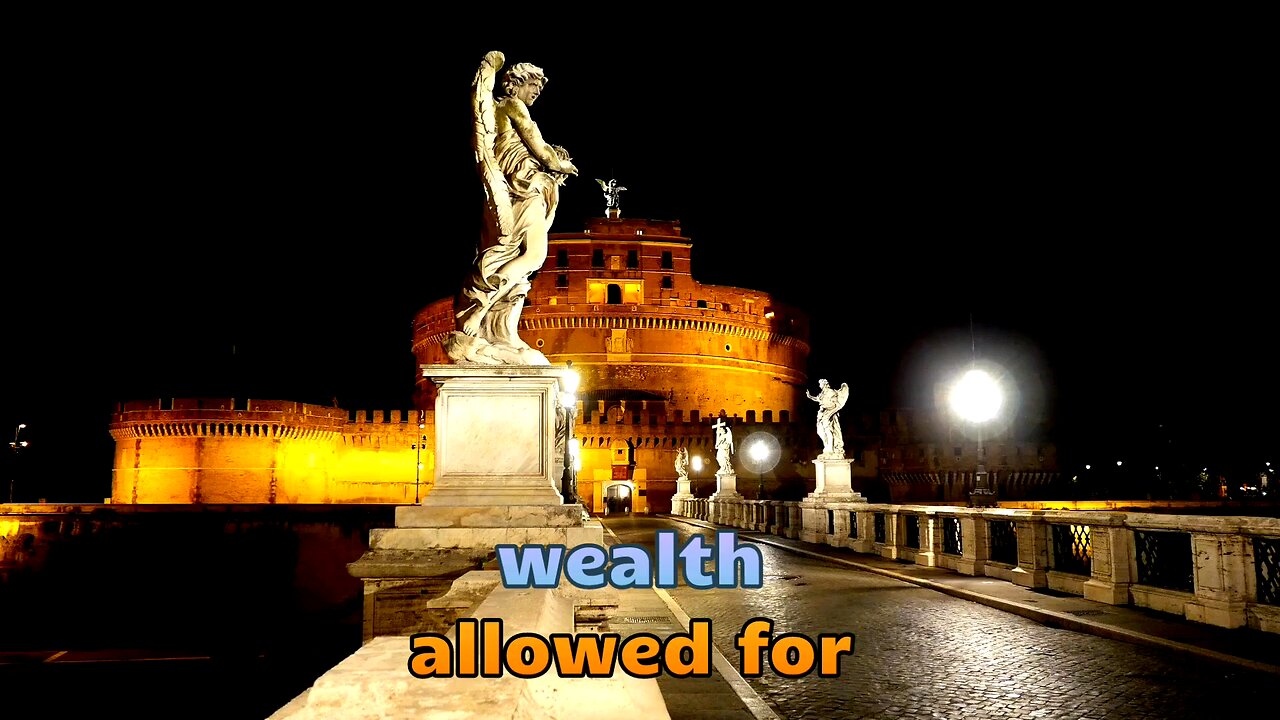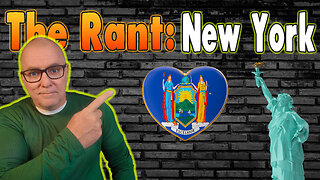Premium Only Content

Unveiling the Shadows: The Catholic Church’s Dark Path to Immense Wealth
#ChurchWealth #DarkHistory #CatholicSecrets #HiddenFortune #WealthAndPower
The Dark History of How the Catholic Church Built Its Massive Wealth
The Catholic Church stands as one of the wealthiest institutions in the world, its grandeur evident in sprawling cathedrals, priceless art collections, and vast land holdings. Yet, the story of its accumulation of wealth is shadowed by centuries of controversial practices and exploitation. From feudal land systems to the sale of indulgences, the Church's financial history reveals a complex interplay of power, greed, and control. Understanding this dark history sheds light on the human cost of wealth accumulation in the name of faith.
During the medieval period, the Church acquired tremendous wealth through feudalism. Vast tracts of land were owned by the Church, making it one of the largest landowners in Europe. Peasants working the land often paid hefty taxes and tithes to the Church, ensuring its steady income. This system not only reinforced economic inequality but also placed the Church at the center of political power, allowing it to dictate societal norms and influence monarchies.
The sale of indulgences in the 16th century remains one of the most infamous chapters in the Church’s financial history. Promising believers remission from sin in exchange for payment, this practice preyed on the fears and faith of the masses. It was a highly profitable enterprise, filling the Church’s coffers while sparking widespread outrage. This exploitation of spiritual concerns for monetary gain eventually led to the Protestant Reformation, as figures like Martin Luther condemned the corruption embedded in such practices.
Colonialism further expanded the Church's wealth as missionaries accompanied imperial forces to newly discovered lands. In regions like Latin America, indigenous communities were often stripped of their land and resources under the guise of converting them to Christianity. The Church benefited immensely from these imperial conquests, acquiring gold, silver, and other treasures. The legacy of this era is one of cultural erasure and economic exploitation.
While the Church's wealth allowed for the patronage of artists and the construction of awe-inspiring monuments, it also came at a great human cost. The accumulation of riches often relied on systems of exploitation and oppression. Examining this dark history reminds us of the ethical responsibilities institutions hold in their pursuit of financial prosperity. Today, the Catholic Church’s wealth continues to be a topic of debate, raising questions about transparency and justice.
-
 18:22
18:22
World2Briggs
20 hours ago $2.63 earnedThe New York Rant: Point Blank With No Fluff or BS. A Warning
11.7K7 -
 42:52
42:52
The Finance Hub
15 hours ago $3.08 earnedBREAKING: ALINA HABBA JUST SHOCKED THE WORLD!
10.5K30 -
 2:00:44
2:00:44
BEK TV
1 day agoTrent Loos in the Morning - 8/26/2025
13.4K -
 12:15
12:15
Nikko Ortiz
19 hours agoMonday Gun Fails
69.7K16 -
 8:19
8:19
MattMorseTV
18 hours ago $12.36 earnedTrump is ACTUALLY DOING IT.
68.9K54 -
 5:40
5:40
Sugar Spun Run
1 day ago $1.13 earnedNutella Brownies
20.3K2 -
 8:46
8:46
Faith Frontline
17 hours agoBill Maher STUNNED as Charlie Kirk Proves God Exists
22K19 -
 LIVE
LIVE
FyrBorne
11 hours ago🔴Warzone M&K Sniping: On the Hunt For The Next Fun Builds
131 watching -
 7:11
7:11
MudandMunitions
14 hours agoNY Legal, Still LETHAL! Colt M4 + Griffin Armament GPS3X Prism Sight! NIGHT SHOOT
13.9K3 -
 2:11
2:11
WildCreatures
2 days ago $0.73 earnedBrilliant Blue Hyacinth Macaw Eats Nuts With Impressive Dexterity
12.1K6